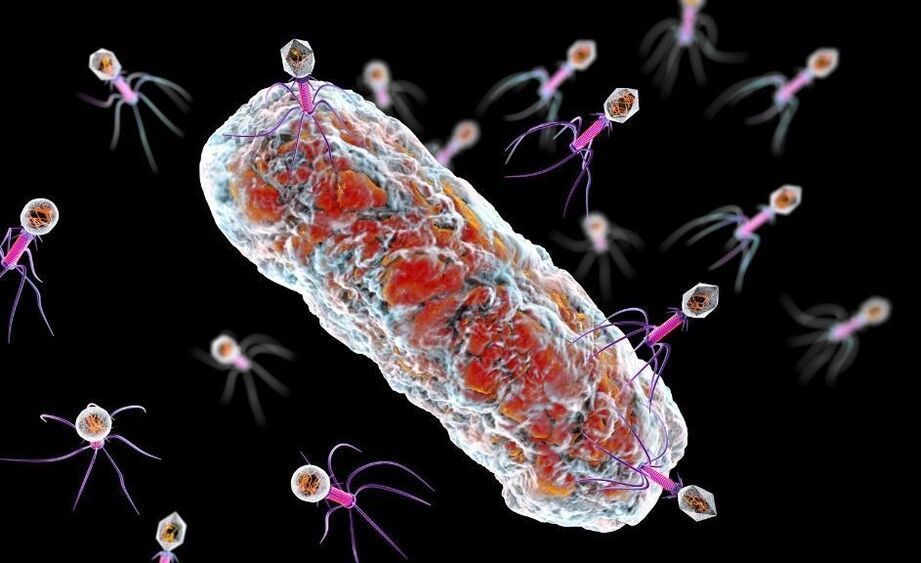Electric vehicles are about to take over American roadways, which means there’s a prime opportunity to replace gas station signs with something better.
Get the latest international news and world events from around the world.
Juno tunes into radio noise triggered by Jupiter’s volcanic moon Io
The Juno Waves instrument “listened” to the radio emissions from Jupiter’s immense magnetic field to find their precise locations.
By listening to the rain of electrons flowing onto Jupiter from its intensely volcanic moon Io, researchers using NASA’s Juno spacecraft have found what triggers the powerful radio emissions within the monster planet’s gigantic magnetic field. The new result sheds light on the behavior of the enormous magnetic fields generated by gas-giant planets like Jupiter.
Jupiter has the largest, most powerful magnetic field of all the planets in our solar system, with a strength at its source about 20000 times stronger than Earth’s. It is buffeted by the solar wind, a stream of electrically charged particles and magnetic fields constantly blowing from the Sun. Depending on how hard the solar wind blows, Jupiter’s magnetic field can extend outward as much as two million miles (3.2 million kilometers) toward the Sun and stretch more than 600 million miles (over 965 million kilometers) away from the Sun, as far as Saturn’s orbit.

Genes from tiny viruses can turn bacteria into superbugs
Viruses that infect bacteria may drive the evolution of drug-resistant superbugs by inserting their genes into the bacterial DNA, a new study suggests.
The bacteria-attacking viruses, called phages, act as parasites in that they depend on their hosts for survival. The viral parasites often kill off their microbial hosts after infiltrating their DNA, said senior study author Vaughn Cooper, director of the Center for Evolutionary Biology and Medicine at the University of Pittsburgh School of Medicine. But sometimes, the phages slip into the bacterial genome and then lay low, making sneaky changes to the bacterium’s behavior, Cooper said.

Researchers Shocked to Discover Bacterial Parasites Behind Rise of “Superbugs”
For the first time ever, researchers from the University of Pittsburgh School of Medicine discovered that phages — tiny viruses that attack bacteria — are key to initiating rapid bacterial evolution leading to the emergence of treatment-resistant “superbugs.” The findings were published today in Science Advances.
The researchers showed that, contrary to a dominant theory in the field of evolutionary microbiology, the process of adaptation and diversification in bacterial colonies doesn’t start from a homogenous clonal population. They were shocked to discover that the cause of much of the early adaptation wasn’t random point mutations. Instead, they found that phages, which we normally think of as bacterial parasites, are what gave the winning strains the evolutionary advantage early on.
“Essentially, a parasite became a weapon,” said senior author Vaughn Cooper, Ph.D., professor of microbiology and molecular genetics at Pitt. “Phages endowed the victors with the means of winning. What killed off more sensitive bugs gave the advantage to others.”

Soldiers, Marines test new chemical, biological systems at Dugway
Soldiers and Marines teamed up to test new tactical biological detection and chemical contamination systems that aim to keep service members safe. The systems indicate when chemical agents are present so decontamination can take place.
DUGWAY PROVING GROUND, Utah — Soldiers from Fort Drum and Joint Base Lewis-McChord teamed with Marines from Camp Pendleton to test new tactical biological detection and chemical contamination indicator systems here.
Soldiers with the 59th Hazard Response Company and 13th Combat Sustainment Support Battalion along with Marines from the 3rd Marine Air Wing went hands-on with the Joint Biological Tactical Detection System (JBTDS) and the Contamination Indication Disclosure Assurance System (CIDAS), which indicates chemical agent contaminants so proper decontamination can take place.
“These two operational tests have given my company the opportunity to focus on our critical war-time collective tasks of site assessment and decontamination and refine our tactics, techniques, and procedures,” said Capt. Ryan Oatman, company commander of 59th Chemical, Biological, Radiological and Nuclear (CBRN) Hazard Response Company.

Amazon Patented a New Delivery System That Could Have Your Block Crawling With Robots
Last week, Amazon patented a delivery system involving self driving trucks carrying several small robots that deliver packages to homes.
Once all the small delivery bots are back on board, the truck (which would have a human driver in the near future but likely be autonomous in the less-near future) drives off to the next block—its fleet of mini-me’s restocking with new packages en route—and the scene repeats itself.
Cool/creepy? Good/bad? Depends on your perspective. On the one hand, employing fewer humans would bring Amazon more cost savings in the long run, which it would ideally pass on to customers and re-invest in other parts of the business, leading to hiring more people in a virtuous circle.
But on the other hand, it’s not hard to imagine the secondary vehicles going awry; there would be plenty of obstacles for them to get around (dogs, bikes, sprinklers, and children are just a few that come to mind), and given how hard it’s been to bring self-driving cars to market, Amazon may be underestimating the challenge of maneuvering the small delivery vehicles even 100 feet from truck to doorstep.
Watch a 3D-printed robotic hand play Nintendo
Using “soft robotics,” engineers at the University of Maryland built a prosthesis powered by water and air.


A Plane in Utah Lets the Fish Fly
Sorry, we’re having trouble playing this video.
Learn More.
The New York Times.
The Utah Division of Wildlife Resources said that last week it used planes to stock fish in about 200 lakes that are inaccessible by vehicle. The division said it has aerial-stocked fish since the 1950s and that they have a high survival rate.
A widely shared video shows fish bursting out of a small plane, highlighting a method the state has used for more than a half-century to restock lakes.
